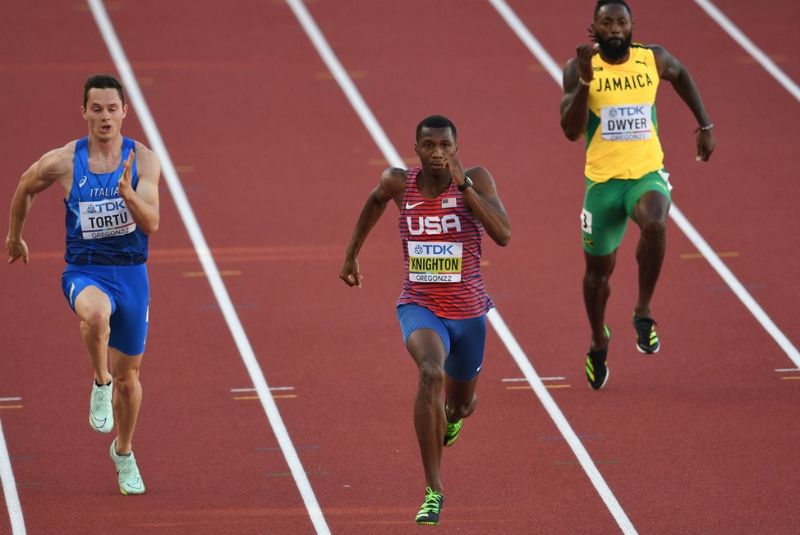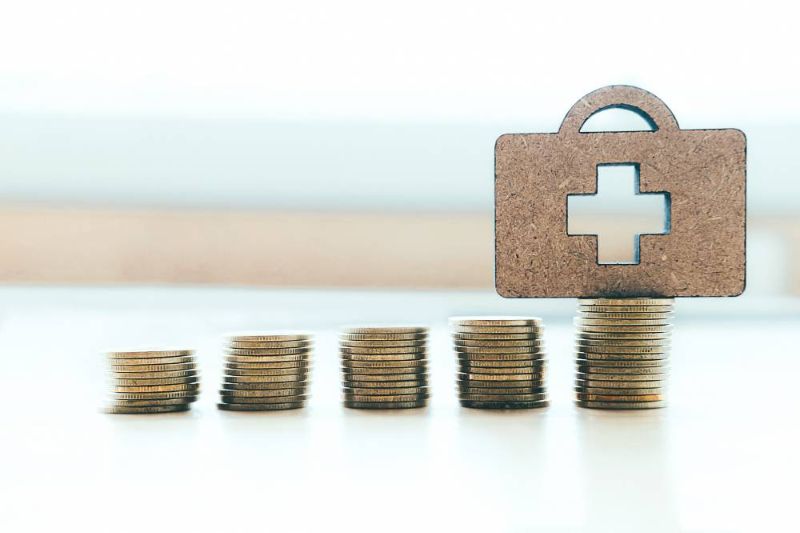Credit:www.freepik.com
As the 2024 Paris Summer Olympics unfold, medicine.net continues to provide you with valuable medical insights.
Tennis is a globally renowned sport, known for its intense matches. Due to its vigorous nature, prolonged participation in tennis can lead to muscle strain. One common muscle strain often seen in tennis players is known as "tennis elbow," or lateral epicondylitis in medical terms. This condition is characterized by pain and tenderness on the outside of the elbow, primarily caused by overuse and muscle strain. It is especially common in activities or professions that involve repetitive use of the arms, such as tennis. The diagnosis of this condition is typically based on symptoms and physical examination. For instance, tenderness at the lateral epicondyle of the humerus and pain induced by wrist flexion and elbow extension (known as a positive Mill's test) are clinical indicators.
Many people might not play tennis but still develop tennis elbow. This is primarily due to repetitive arm use in activities such as badminton, golf, baseball, or even household chores. The risk of developing tennis elbow increases with age as flexibility decreases.
Preventing Tennis Elbow
Prevention strategies can be categorized into two areas: during sports and in daily life.
During Sports
1. Use Body Power:Whether playing tennis or other sports, learn to use your body's strength rather than relying solely on your arms. For example, use body rotation to generate power.
2. Warm-Up Properly:Before engaging in intense sports activities, perform adequate warm-ups to prevent injuries. Stretch your arms to keep muscles and tendons in good condition.
3. Post-Exercise Stretching:After exercising, continue stretching to help clear metabolic waste, reduce muscle soreness, and protect your muscles.
In Daily Life
Tennis elbow is often related to chronic injuries, and older adults are more susceptible due to age-related muscle degeneration. Repeated arm use exacerbates this condition, so avoid carrying heavy objects for long periods. Modern technology offers many machines that can perform physical tasks, such as washing clothes. When financially feasible, use machines to reduce physical strain. If tasks cannot be replaced, take regular breaks and switch arms to avoid prolonged use.
It's important to avoid over-exercising but also to maintain regular exercise to ensure arm muscles are strong enough to prevent injuries.
What to Do If You Get Tennis Elbow
If prevention measures fail and you develop tennis elbow, don’t panic. Generally, in the first 24 hours of the acute phase, symptoms like redness, swelling, and pain will appear. Stop all activities involving the affected arm and reduce elbow movement. Apply ice to the elbow to relieve pain. Once the acute phase has passed, if you continue to play sports or work, wear an elbow brace for protection. If symptoms persist, seek medical attention promptly.
If more than 24 hours have passed, focus on applying heat to the area and engage in rehabilitation exercises to promote tendon healing.
During the Olympics, the medicine.net team will continue to provide you with medical knowledge and insights!









Post comments